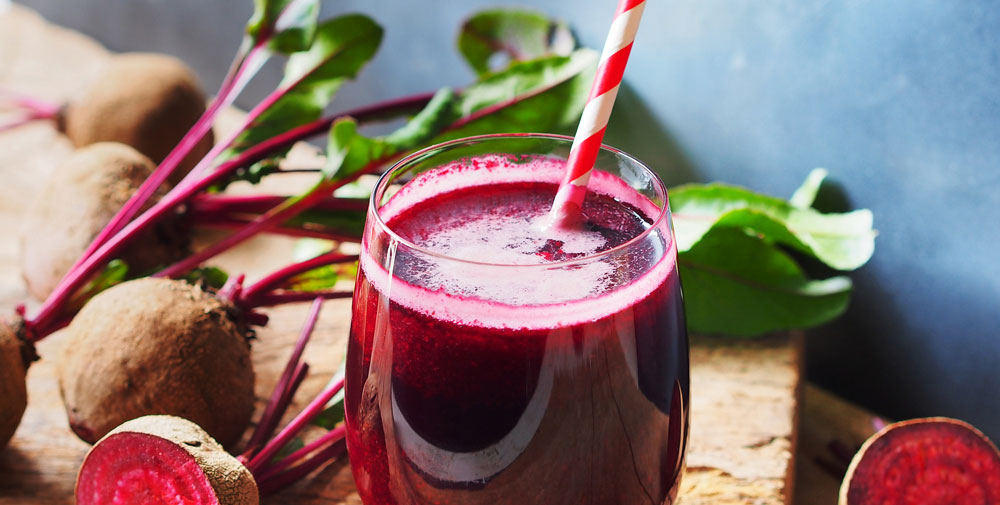What are beets good for? For starters, they’re low in calories and high in essential nutrients. Beets are highly nutritious root vegetables with an impressive nutritional profile.
Beets certainly live up to their superfood title since they contain many of the vitamins and minerals that your body needs, including folate, magnesium, vitamin C, B vitamins, potassium, sodium, iron, phosphorus, and calcium.
A good source of dietary fiber, beets are abundant in phytochemical compounds such as anthocyanins, carotenoids, lutein, glycine, and betaine. They’re also low in fat and cholesterol.
One of the few fruits or vegetables with a distinctive deep red-purple color, beets are special because they provide a different set of nutrients and antioxidants than fruits and vegetables of other colors. And while different plant colors mean different plant nutrients, there are actually a few different beet colors that you can choose from when selecting beets, such as red and purple beets, golden beets, and beet greens.
Red and Purple Beets
Rich in antioxidants, red and purple beets get their deep color from the betalain pigment, Red and purple beets are also especially high in a type of betalain called betacyanins.
Golden Beets
Golden beets are packed with a different group of betalain called betaxanthins. Around since at least the 1820s, golden beets have a mild flavor and a golden or yellow color. They’re available all year round, but tend to peak during the fall months.
Beet Greens
The young, leafy tops of the beetroot plant, beet greens carry more minerals, vitamins, and fiber than beetroot (except for folate), and they are also low in calories, fat, and sugar. Beet greens, which are a good source of B vitamins, can be sauteed or tossed into a salad.







